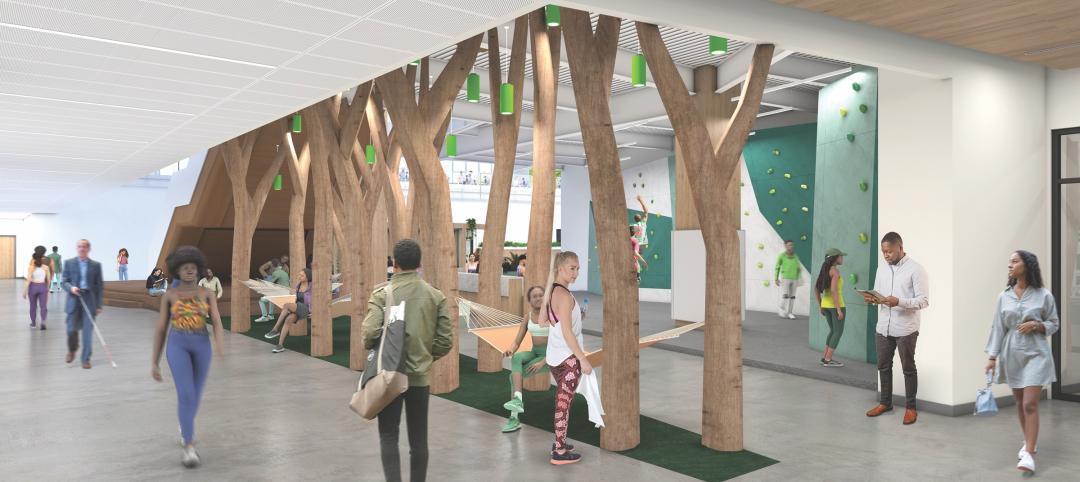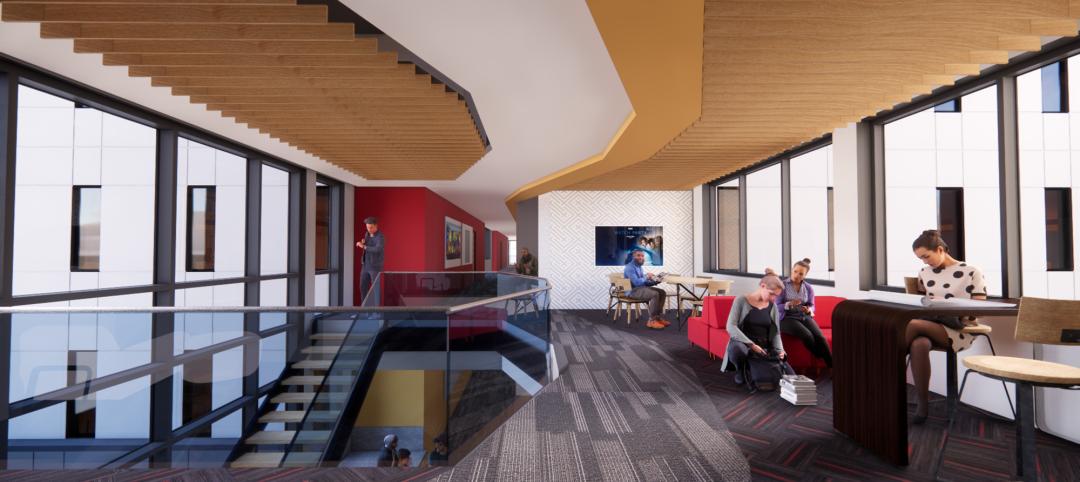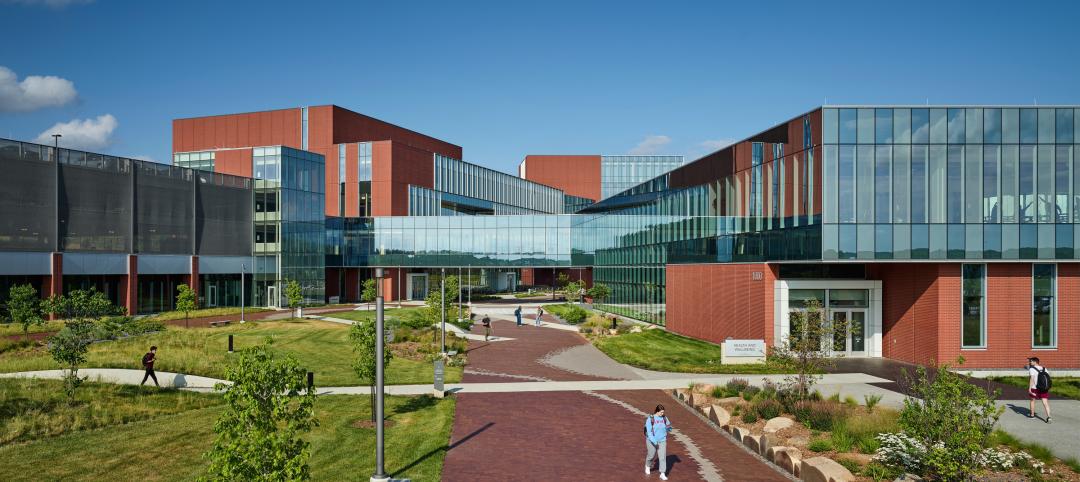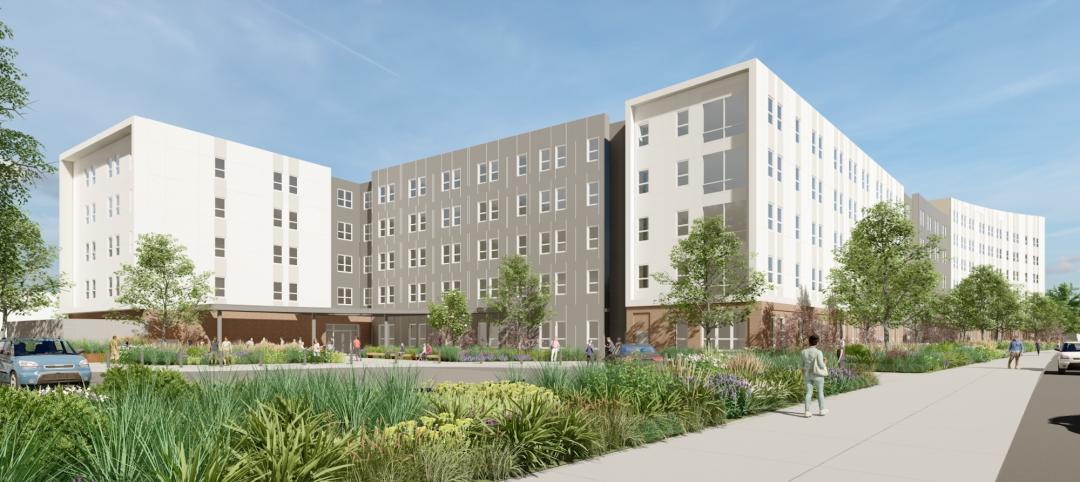 |
| The Capitol Cove complex in Providence, R.I. was repositioned, changing from 96 private condos to Johnson & Wales University student housing. |
22. Commercial Properties Repositioned for University USE
 |
| Six previously stalled Value Place hotels are being completed by Englewood Construction’s new distressed property division. |
23. Distressed Property Division Targets Stalled Projects
24. Bundle Communications and Data Services for Major Savings
We've all seen the TV commercials for AT&T and Comcast selling the cost advantages of bundling phone, cable, and Internet services. Shane Ketterman, network engineer and administrator with ZGF Architects, applied similar logic when searching for ways to cut costs and streamline communications at the 473-employee Portland, Ore., firm.
Ketterman found a partner in PATEC Holding Corp. to develop a customized solution to bundle and transmit all voice, video, Internet, and data services using a dedicated radio frequency line instead of traditional wire distribution. Radio antennas mounted on the roof of each of the firm's five offices transmit and receive voice/data three times faster than before, and at a fraction of the cost. Ketterman's solution will save ZGF $320,000 this year alone.
"Transmitting data via radio waves is much more cost effective and allows greater flexibility for increased bandwidth and additional services as the needs of the business change," says Ketterman. His solution is also much more reliable than traditional delivery methods—the dedicated FCC radio frequency cannot be interrupted or jammed—and it requires less energy to operate. |
25. Revit Boot Camp
26. Keep Your Subcontractors Happy and Save Big Bucks
As part of a companywide commitment to improve relationships with subcontractors, Farmington, Conn.-based KBE Building Corp. (formerly Konover Construction) developed a custom online resource center that provides 24-hour, real-time access to payment status, insurance information, compliance forms, and project details for subcontractors and KBE staff.
"Subs were frustrated with the length of time to get paid, and would frequently call for payment status and other information," says John Patterson, information architect with KBE and developer of the online resource center. He says KBE staff spent hours on the phone daily answering calls, returning calls, and fulfilling requests from subs, costing the company thousands of dollars a month in personnel costs.
After launching the resource center in late 2006, the company saw an immediate 75% reduction in phone calls, in addition to fewer faxes and mailings. Patterson estimates a productivity gain of 25%, saving the company $100,000 annually.
Related Stories
Construction Costs | Oct 16, 2024
Construction Crane Index: Most major markets’ crane counts increase or hold steady in third quarter
Rider Levett Bucknall’s (RLB’s) latest Crane Index and Quarterly Cost Report shows continued decreasing cost inflation and crane counts increasing or holding steady in 10 of the 14 major markets it surveyed. The national average increase in construction costs was 1.07%, the lowest it’s been in the last three years.
AEC Tech | Oct 16, 2024
How AI can augment the design visualization process
Blog author Tim Beecken, AIA, uses the design of an airport as a case-study for AI’s potential in design visualizations.
University Buildings | Oct 15, 2024
Recreation and wellness are bedfellows in new campus student centers
Student demands for amenities and services that address their emotional and mental wellbeing are impacting new development on college campuses that has led to recreation centers with wellness portfolios.
Higher Education | Oct 14, 2024
Higher education design for the first-gen college student
In this Design Collaborative blog, Yogen Solanki, Assoc. AIA, shares how architecture and design can help higher education institutions address some of the challenges faced by first-generation students.
Performing Arts Centers | Oct 10, 2024
Studio Gang's performing arts center for Hudson Valley Shakespeare breaks ground
A new permanent home for Hudson Valley Shakespeare, a professional non-profit theater company, recently broke ground in Garrison, N.Y. The Samuel H. Scripps Theater Center includes a 14,850 sf performance venue that will serve as a permanent home for the theater company known for its sweeping open-air productions of classics and new works.
Sustainable Design and Construction | Oct 10, 2024
Northglenn, a Denver suburb, opens a net zero, all-electric city hall with a mass timber structure
Northglenn, Colo., a Denver suburb, has opened the new Northglenn City Hall—a net zero, fully electric building with a mass timber structure. The 32,600-sf, $33.7 million building houses 60 city staffers. Designed by Anderson Mason Dale Architects, Northglenn City Hall is set to become the first municipal building in Colorado, and one of the first in the country, to achieve the Core certification: a green building rating system overseen by the International Living Future Institute.
3D Printing | Oct 9, 2024
3D-printed construction milestones take shape in Tennessee and Texas
Two notable 3D-printed projects mark milestones in the new construction technique of “printing” structures with specialized concrete. In Athens, Tennessee, Walmart hired Alquist 3D to build a 20-foot-high store expansion, one of the largest freestanding 3D-printed commercial concrete structures in the U.S. In Marfa, Texas, the world’s first 3D-printed hotel is under construction at an existing hotel and campground site.
University Buildings | Oct 9, 2024
Des Moines University Medicine and Health Sciences opens a new 88-acre campus
Des Moines University Medicine and Health Sciences has opened a new campus spanning 88 acres, over three times larger than its previous location. Designed by RDG Planning & Design and built by Turner Construction, the $260 million campus features technology-rich, flexible educational spaces that promote innovative teaching methods, expand research activity, and enhance clinical services. The campus includes four buildings connected with elevated pathways and totaling 382,000 sf.
Student Housing | Oct 9, 2024
University of Maryland begins work on $148 million graduate student housing development
The University of Maryland, in partnership with Campus Apartments and Mosaic Development Partners, has broken ground on a $148.75 million graduate student housing project on the university’s flagship College Park campus. The project will add 741 beds in 465 fully furnished apartments.
Healthcare Facilities | Oct 9, 2024
How healthcare operations inform design
Amanda Fisher, Communications Specialist, shares how BWBR's personalized approach and specialized experience can make a meaningful impact to healthcare facilities.
















